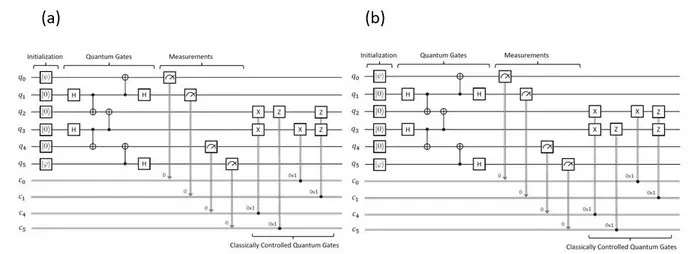THE LATEST
Japanese scientists present a new approach to quantum circuit verification

Quantum computing, considered a groundbreaking technology, has the potential to revolutionize computational power by leveraging the principles of quantum physics. A recent study conducted by Assistant Professor Canh Minh Do and Professor Kazuhiro Ogata from Japan Advanced Institute of Science and Technology (JAIST) introduces a symbolic model-checking approach to verify quantum circuits, aiming to ensure error-free quantum computing.
The researchers propose using the Maude programming language, known for its formal specification and verification abilities, to analyze quantum circuits and confirm their intended operation. This approach involves utilizing a set of quantum physics laws and basic matrix operations to evaluate the functionality of various quantum communication protocols, such as Quantum Teleportation and Entanglement Swapping.
While the study highlights the potential of this symbolic model-checking approach in enhancing the verification process of quantum circuits, there are some lingering doubts. One major limitation is the need for further research and refinement of the method, raising questions about its effectiveness in handling more complex quantum algorithms and cryptography protocols.
Moreover, concerns exist about the practical application of this approach in real-world scenarios. The gap between model-checking quantum programs and quantum circuits, as acknowledged by the researchers, suggests potential challenges in translating theoretical verification into functional quantum systems.
As the research community eagerly anticipates advancements in quantum computing, the proposed symbolic model-checking approach by Assistant Professor Canh Minh Do and Professor Kazuhiro Ogata presents an intriguing avenue for exploration. Nevertheless, the skepticism surrounding its limitations and the practicality of implementation urges a cautious approach toward hailing it as a solution for error-free quantum computing.
